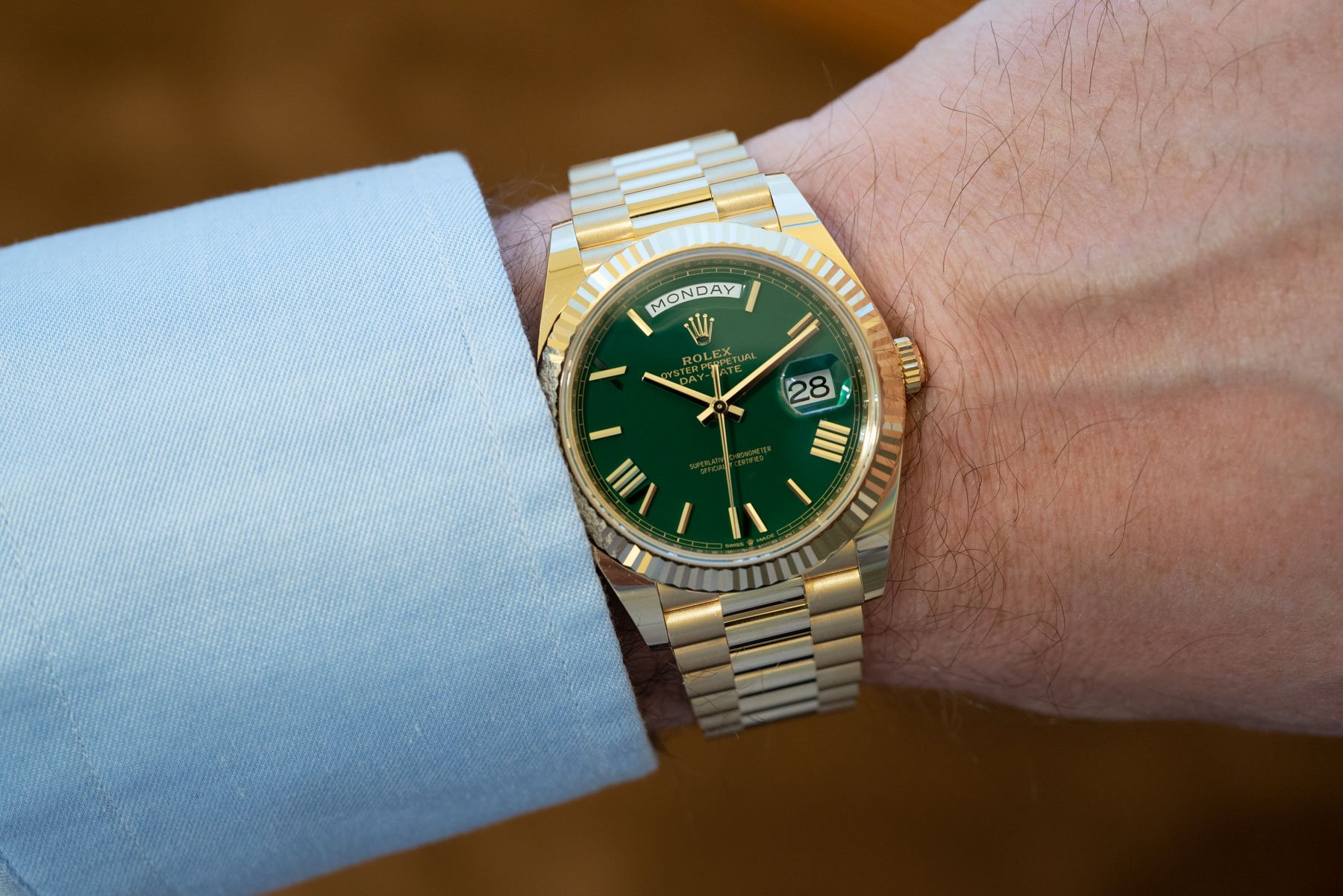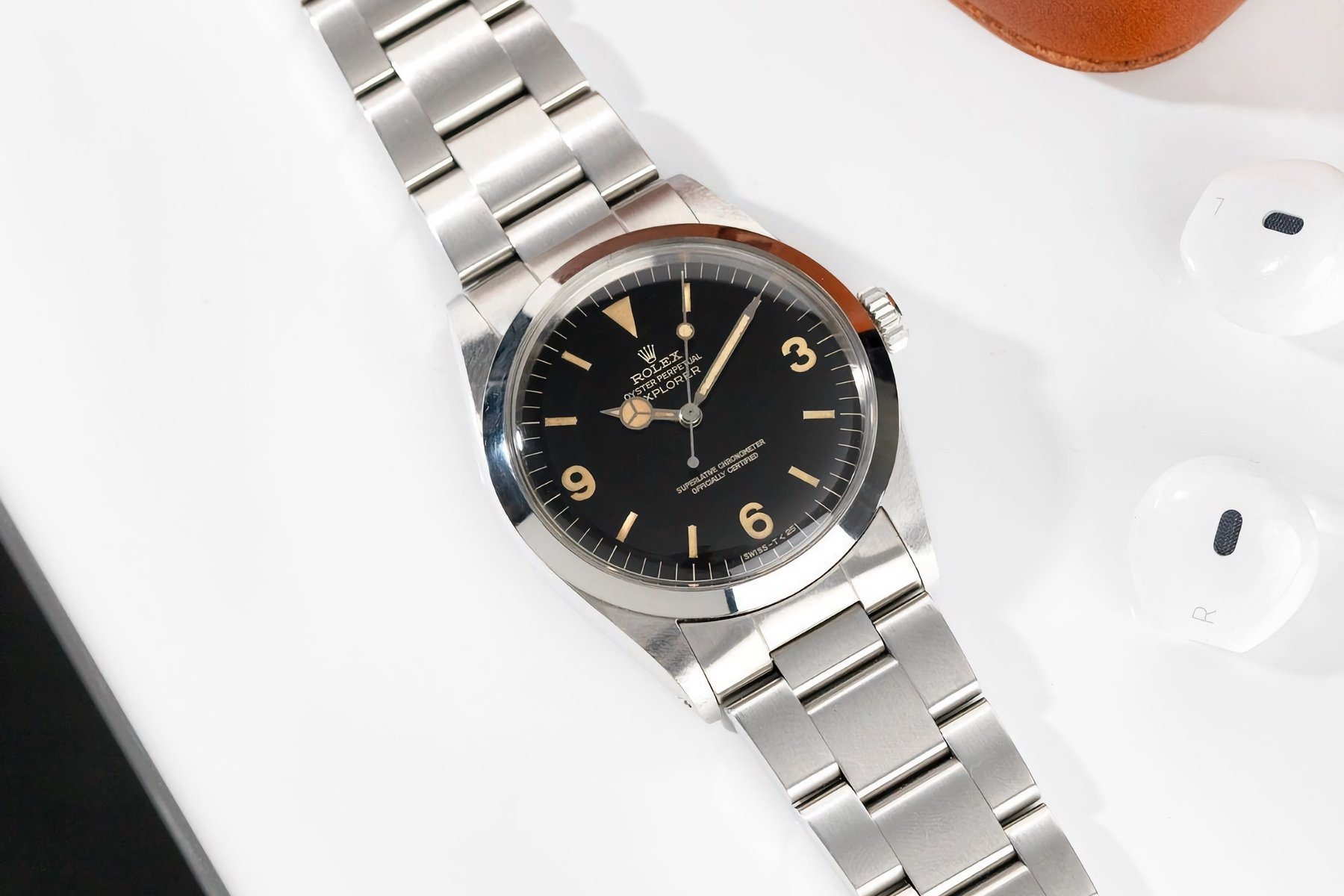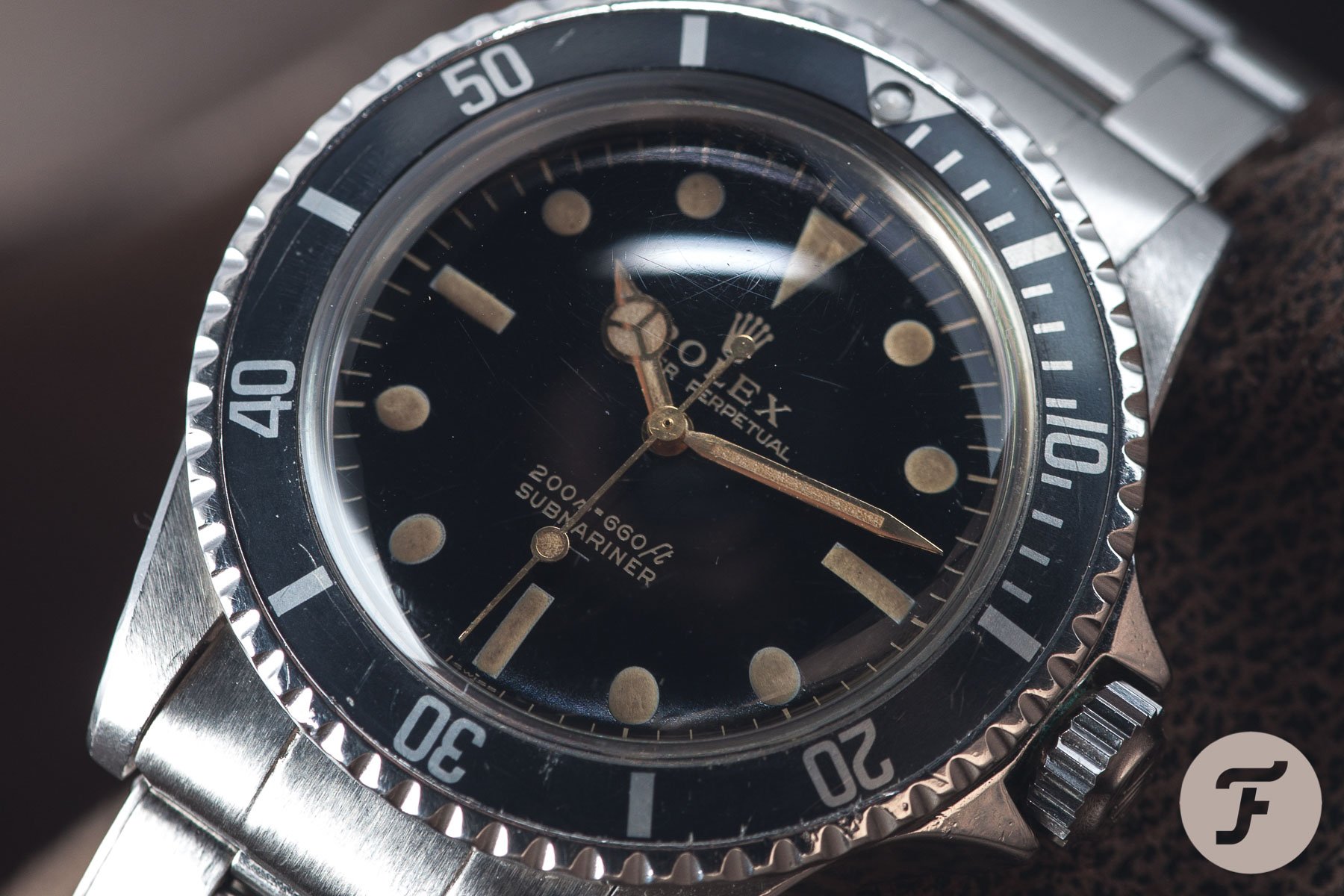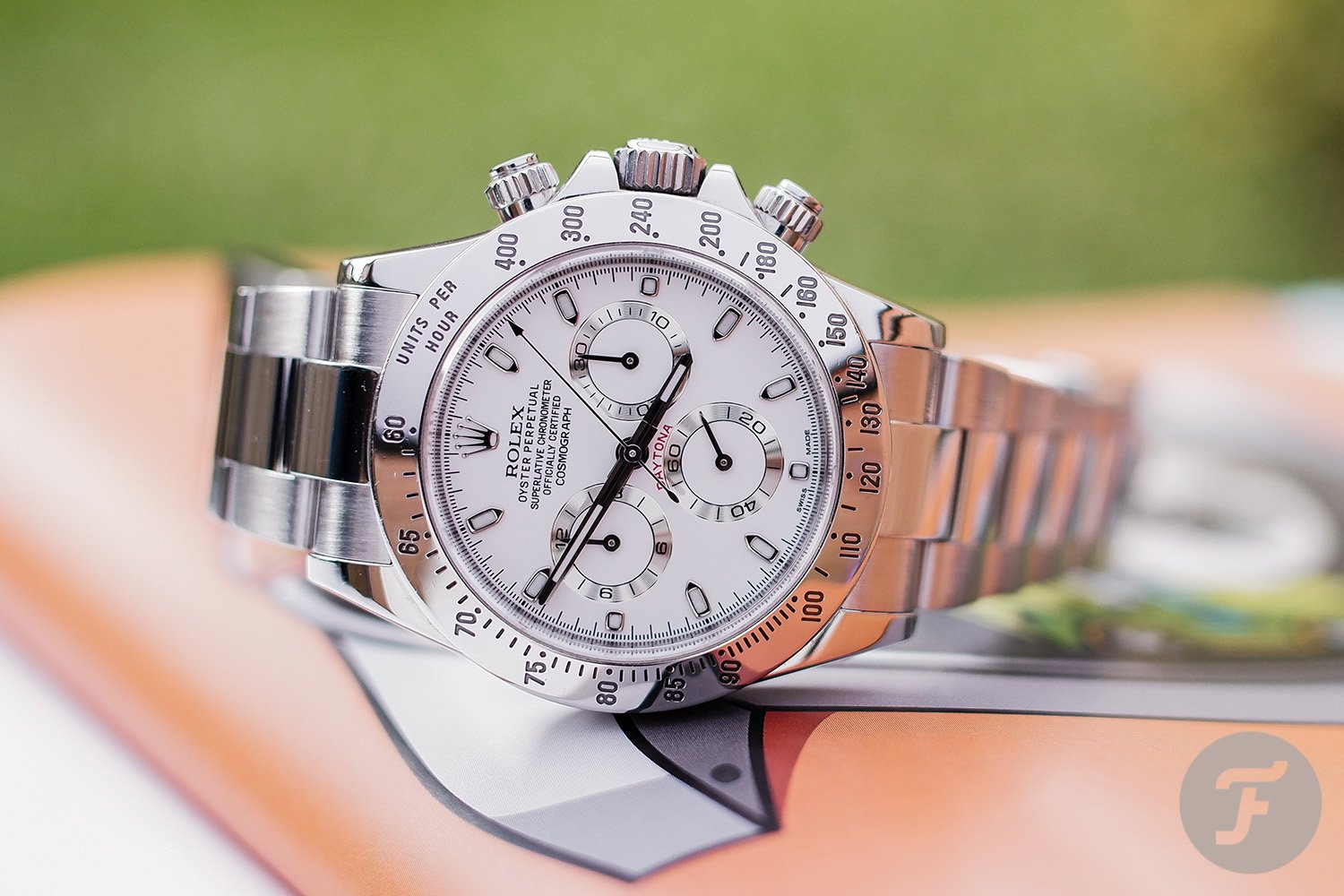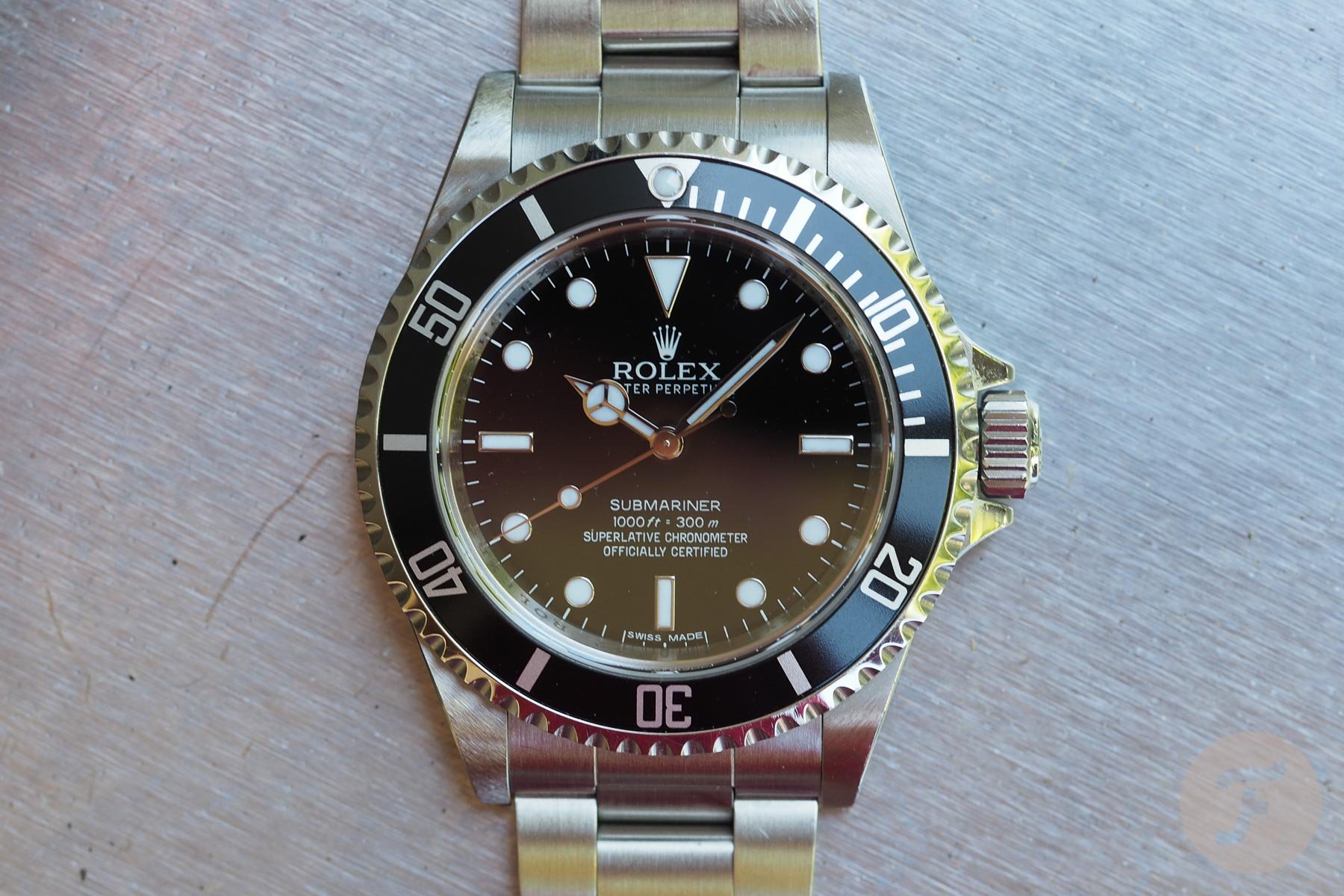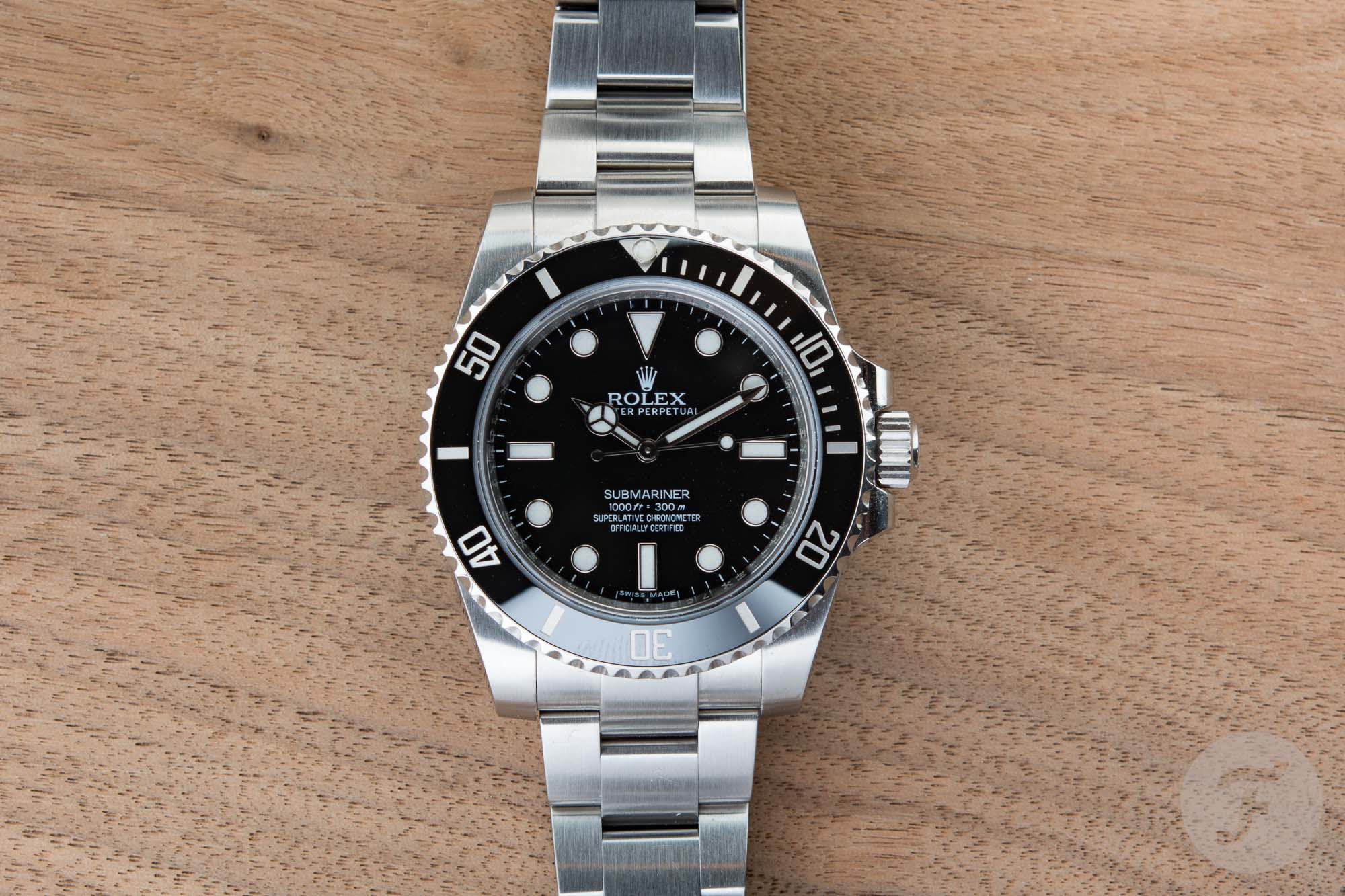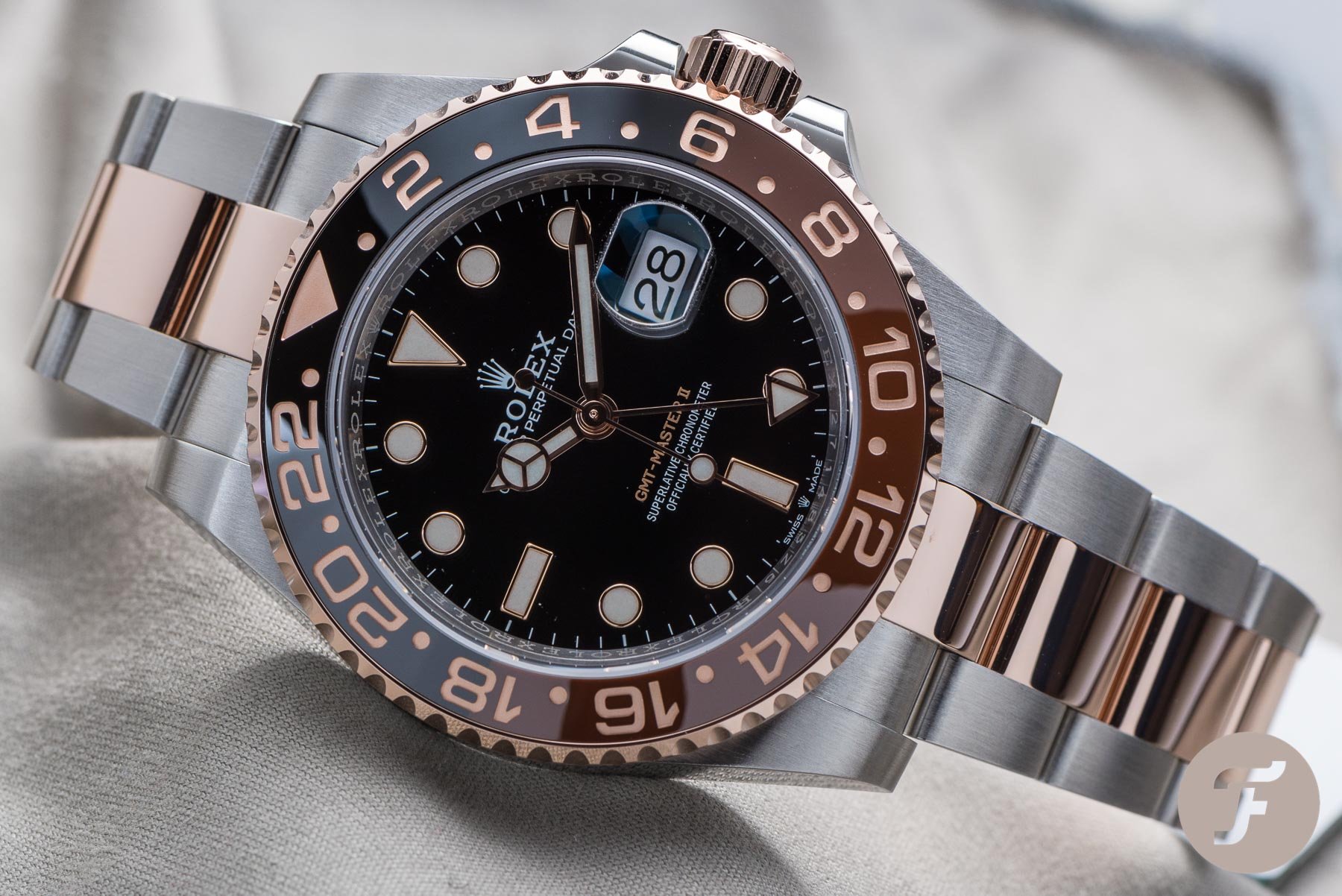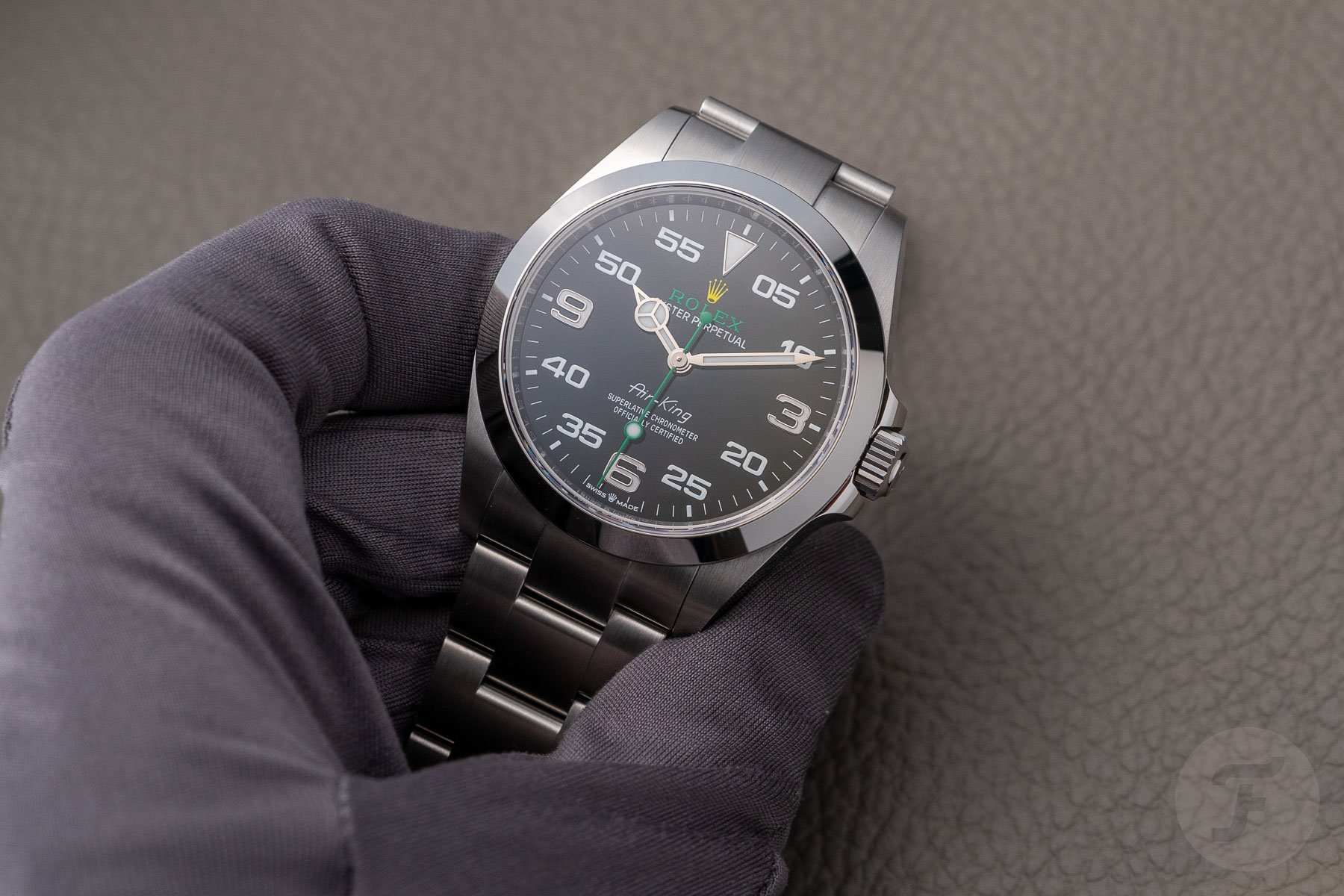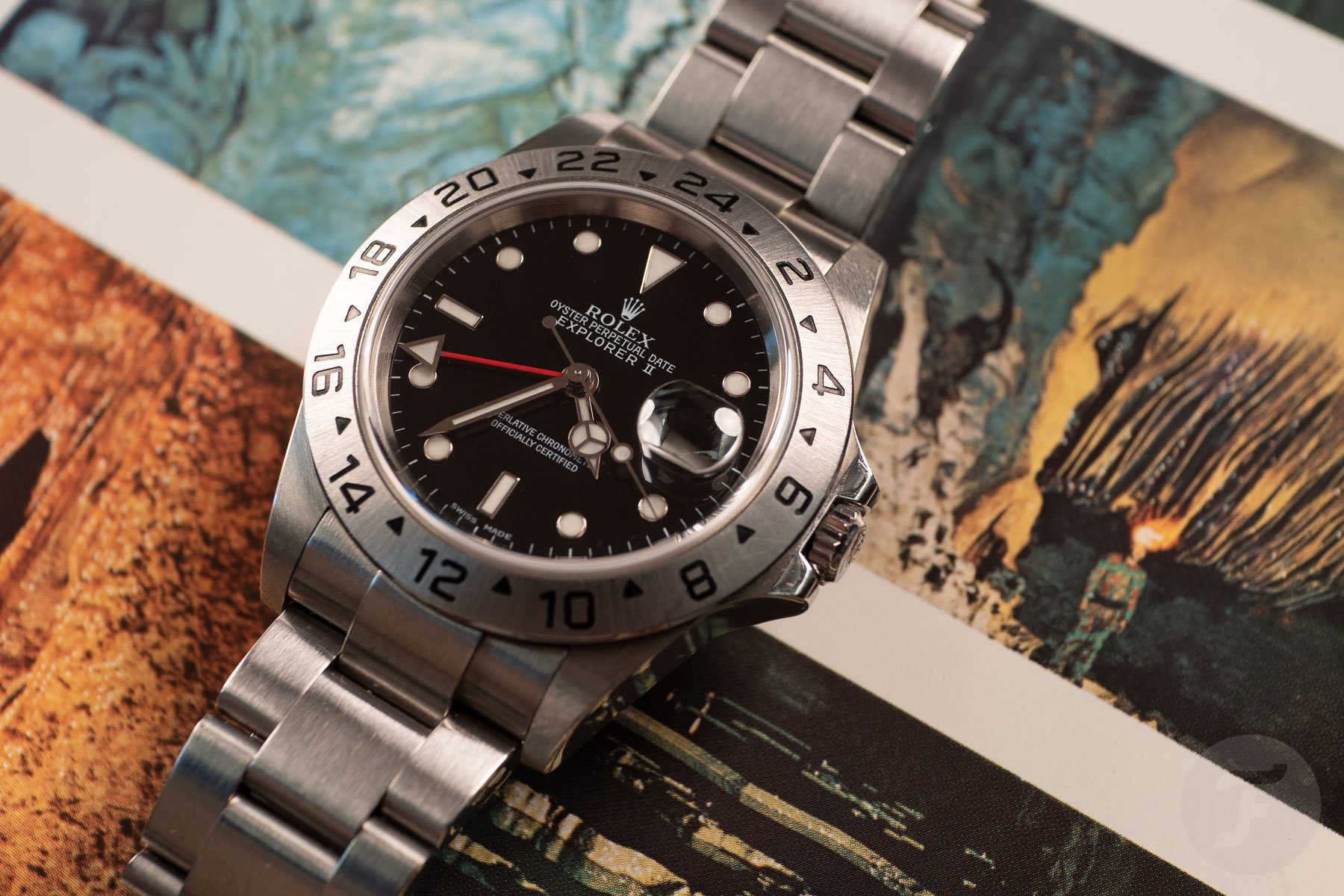When Did Rolex Become A Luxury Brand? Or Has It Always Been One?
During our editorial meetings at Fratello, we often find ourselves discussing how Rolex changed over the decades. We seem to agree that the vibe surrounding the brand is not quite the same as it once was. And so finally, RJ asked me to write down some musings about the subject. Not data-backed empirical analysis, but just my personal view on the topic. He asked me to take the perspective of the question: when did Rolex become a luxury brand?
So why me? Well, because I have only recently gotten more involved with modern Rolex. As a former vintage dealer, my focus was on ye olde Rollie. Thus, the difference between those worlds is particularly striking to me. Now, I am well aware that I am treading on thin ice here. I know many readers do not open a Rolex-related article before cocking at least two handguns. But hey, take a minute, do your breathing exercises, and try and follow my train of thought.
Rolex is — and always has been — a luxury brand
As I explained in a recent article, any dollar spent on a watch over the price of a Casio F-91W is a dollar looking to buy an experience. Rare exemptions exist, obviously, but in general, you are looking for something else at this point. And I think we can label that as luxury.
So if we apply this logic to Rolex, it has always been a luxury brand. Very few people actually need a Rolex from a functional point of view. Even during WWII, a Rolex was a watch you could “upgrade” to. Just have a look at the history of the Air-King. Allied pilots were issued other watches, but some found themselves buying Air-King predecessors with their own money instead. It was “the watch to have” rather than “the watch you needed”.
Still, something seems to have changed. It seems that Rolex has morphed from the higher-end option into a pure luxury item, whatever that means precisely. Let’s try to unpack that a little further.
The one-watch lady/gentleman
During my watch-dealing days, I met tons of Rolex owners. I noticed that there was a distinct difference between the older and younger ones. Often, when baby boomers spoke of their Rolex, they described “that one nice watch”. Many of them bought one at a young age and wore it every single day since. It was a luxury purchase back then in the sense that it cost a lot of money and was an indulgence beyond its pure function. But it was not babied. Such a Rolex never spent a single night in a safe.
Many younger owners tended to have a different mindset altogether. A Rolex, whether vintage or modern, was more of a sacred artifact. This is purely anecdotal and my personal impression, so please take this as it is intended — as a musing. But these younger owners seemed to perceive those same Rolex watches entirely differently. They were objects to study, care for, and to keep in a safe for special occasions.
The older owners were quite often one-watch people. The younger owners had more of a collector’s approach. I think there is something here that is related to that feeling we have at Fratello. That feeling that Rolex became luxury at a different level than before.
Enjoying patina versus freezing in time
There is an ironic discrepancy between how we appreciate vintage and modern watches. Vintage watches are often admired for their patina. What is better than a 5513 Submariner with a tropical dial, rich custard-colored tritium, and a bezel faded to a ghostly blue? Add to that a slightly dinged and scratched-up case and bracelet, and you can carry me away. Such aging effects are widely appreciated. Why do you think manufacturers put “fauxtina” on so many watches?
At the same time, our tolerance for such aging effects seems to diminish. Modern Rolex watches — but this goes for other brands too — are built to remain as they are. What is the difference between acrylic and sapphire? Between aluminum and ceramic? Between radium/tritium and Chromalight? The former all show their age. The latter will all look exactly the same forever.
I even came across advertisements for sticker sets that you can apply to, specifically, modern Rolex watches. They are designed to prevent hairline scratches on the steel. It seems that whereas the old Rolexes are loved because their appearance tells a story of a life well-lived, modern Rolexes are supposed to remain pristine forever. Again, this can easily be applied beyond Rolex, but I do think it is part of the bigger picture we are philosophizing about here.
The financial aspect of Rolex becoming more luxurious
The dictionary defines luxury as “a state of great comfort or elegance, especially when involving great expense”. So yes, money is a factor in our musings on Rolex as luxury. As I stated before, Rolex watches have always been expensive… Just not as expensive as they are today.
If you wanted to buy a no-date Rolex Submariner in 1970, it would have set you back the 2022 equivalent of about US$1,750. Granted, this is merely corrected for inflation. In 1980, that doubled to $3,450. By the year 2010, a no-date Submariner cost the 2022 equivalent of $7,900. In 2022, the retail price is $8,950. To paint an even clearer image, in 1953, a Sub cost about $150 while the average monthly income in the US was $250. In today’s world, that would put a Submariner at roughly $3,700.
The above paints a picture of a brand gradually but surely moving upmarket. Sure, there was a big leap between 1970 and 1980, but keep in mind that the Quartz Crisis forced Swiss high-end brands to reposition themselves. There is no single moment we can point to, saying “that’s when Rolex became luxury”. But surely, buying that Submariner today is a vastly different experience than the one your (grand)father would have had.
- Ref. 14060
Rolex aesthetically becoming more luxurious
One of the major charms of Rolex has always been principally functional design. Specifically, the professional models excel at keeping things simple and focused. There were always very few frills on those watches.
It seems that besides eliminating future aging effects, another aesthetic point of focus has been to embellish the watches a bit more. Painted markers would become white gold applied indices. Maxi cases were introduced. Sizes went up across the board, or at least larger options were added. Super-glossy ceramics replaced aluminum. A host of anti-counterfeiting details were added. These watches even had more polished surfaces than before.
Specifically, between 2000 and 2010, Rolex updates made the watches feel more precious. More jewelry-esque. We see a counter-move in a rise in interest in five-digit models. Many consider them a sweet spot between modern dependability and subdued vintage looks.
Speculators over-heating the Rolex market
I will not go into too much detail on this topic. We have covered it before and it is a fairly recent phenomenon. In short, a perfect storm led to a bigger-than-normal shortage of Rolex watches in relation to demand. This saw secondary and gray-market prices soar. This, in turn, drew in a new class of buyers — speculators. “Investment watch” was no longer a dirty term. You would even see watch-based financial funds pop up. Dealers would also try to buy up any available watches simply to put them in a safe until their value went up sufficiently. Remember those boxes full of Hulks on Instagram?
The result was that Rolex watches became virtually unobtainable for “normal” consumers. And naturally, something that many people want and few can get becomes a status object. These past few years saw Rolex watches become even more desirable. It’s no surprise that this went hand in hand with a surge in watch-related crime.
More demand, not that much more supply
It really was not all that long ago when you could walk into a boutique without having a purchase history. When you could have a look at a bunch of Rolex models and decide which you liked. You could negotiate about the price a little, and walk out with your brand-new Rolex. The fact that this seems like ancient history today shows how hysterical the market has become. That, in turn, means a Rolex is now a more luxurious possession than before.
The following is a theory at best, but the world is seeing a strong increase in the number of very wealthy people. Rolex, meanwhile, has not increased its output accordingly. Add to that the influence of social media. You now not only have more people capable of buying but also more people with a strong desire to buy. The result is demand outgrowing supply. And again, more people chasing the same thing means it naturally becomes perceived as more luxurious.
From the mid-2010s, that started to translate into unavailability. Wait lists and empty displays emerged for the most popular sports models first and the rest later. It seems it all came to a bit of a climax in Q2 of this year, but that remains to be seen.
So when did Rolex become a luxury brand?
Considering all the above, I think we can safely conclude that a Rolex watch has always been a luxury purchase. No surprises there, perhaps. The Quartz Crisis forced high-end Swiss brands to position themselves above the new cheaper alternatives. This put them on an upmarket trajectory, Rolex included. Moving from the five-digit to six-digit references, that started to show more in the appearance of the watches themselves.
Things really accelerated when demand outgrew supply in the mid-2010s. A perfect storm of circumstances accelerated that once more during the pandemic.
So, in my eyes, Rolex made at least three luxury jumps to become what it is today. With every jump, the feel of the brand changed. What do you think? Do you share our sense that Rolex is more of a luxury brand than ever before? And do you share my personal view that this is not such a great development for aficionados? Let me know in the comments.
You can also find and follow me on Instagram: @time_travelers_journal

